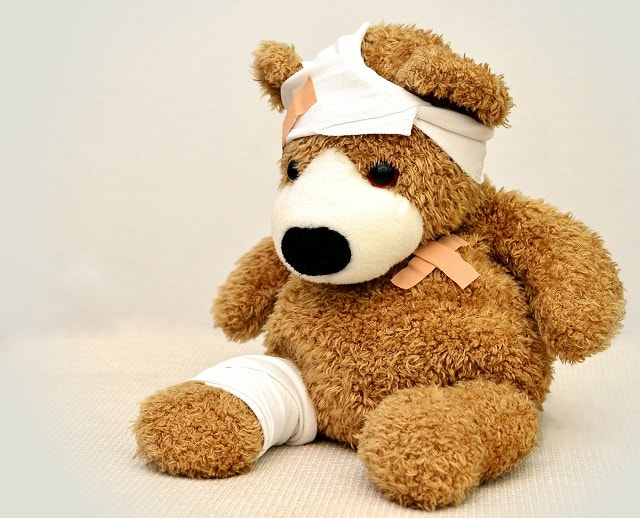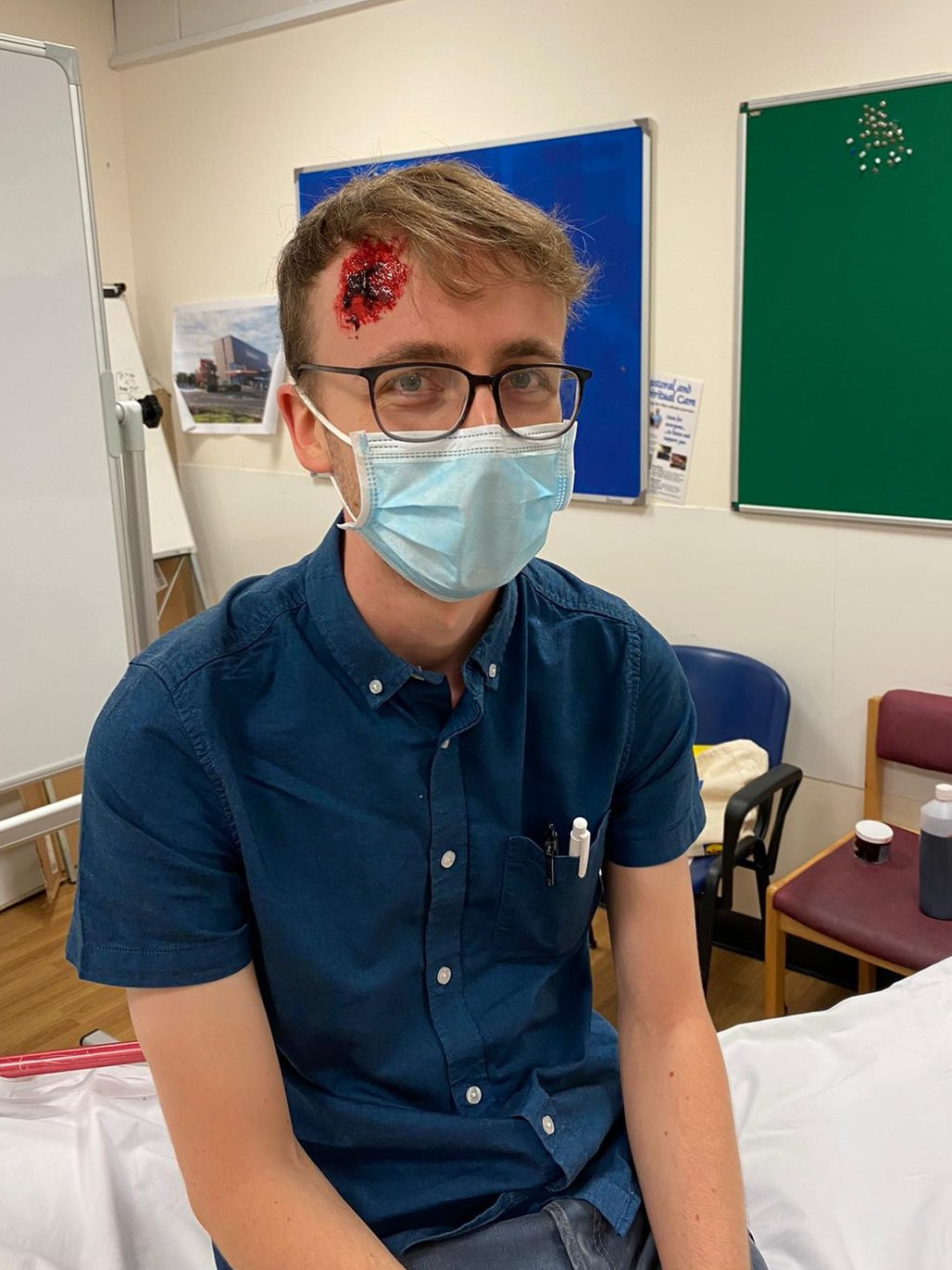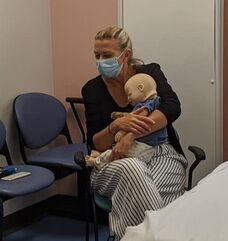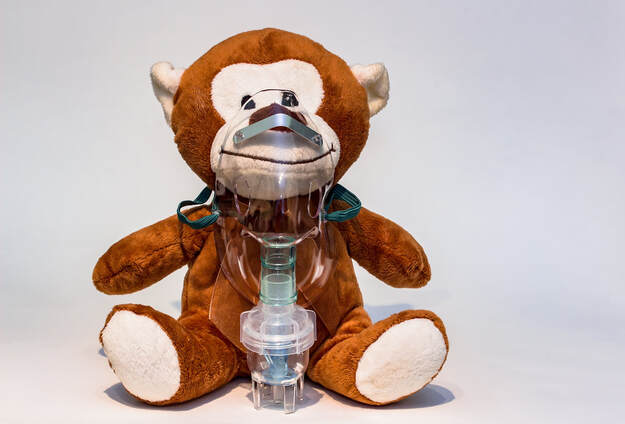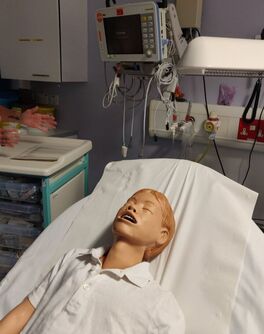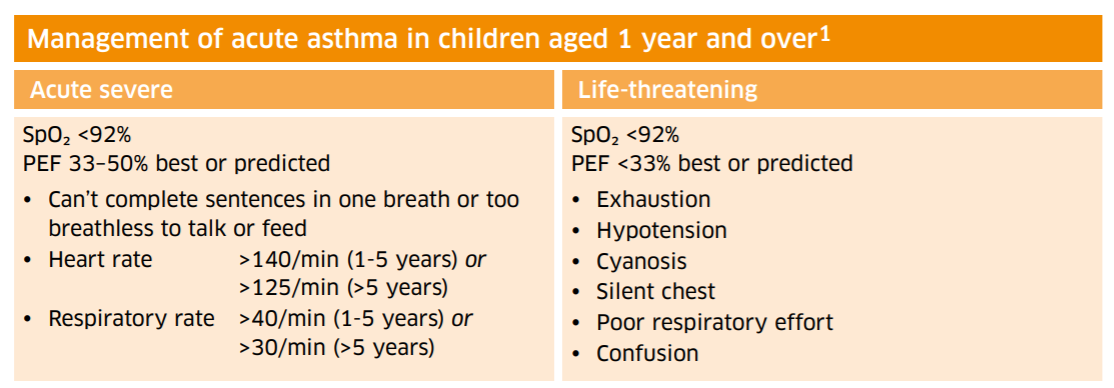|
For our first month of SimFridays we’re looking at paediatrics, and if you couldn’t join us for 18th September this blog covers some of the learning points. We will be aiming to run simulations every Friday at 11am - go to derriforded.com/sim, particularly if you have suggestions of what we should cover! Some of the sessions will be moved to Thursdays (!) but the gmail calendar is up-to-date. What happened? The nurse assessed James and noted he’d been out drinking with older teenagers and had an injury to his head. They noted normal observations, GCS14 (E4V4M6), and no serious concerns at this point. The doctor’s assessment was interrupted by the arrival of James’ mother. She was unhappy and keen to remove James from the ED. The team attempted to engage with her on the importance of staying with James while he is assessed and treated. It was noted that James met the criteria for a CT of his head. What did we think? In debrief we discussed:
Feedback from the participants noted that greater staffing might make the care of patients like this easier. It was noted that this sim being in the Stewart room rather than in situ meant a reduction in realism. For the next sim we will ensure the room is better kitted out with the equipment necessary. The guidelines: Consent in children: The mental capacity act doesn’t apply to children under 16. Children under 16 can give affirmative consent if they are deemed “Gillick competent” - see link. If the parents disagree with treatment like they did in this sim: “Where such a disagreement arises, further discussion should take place and a second opinion offered, but it may be necessary to seek legal advice. In the interim, only emergency treatment that is essential to preserve life or prevent serious deterioration should be provided.” from this link. The NICE guidance on deciding whether to use CT for head/neck injuries gives advice both for adults and children. See here.
To do: If it’s been a while since you worked in the paeds area, ask someone who is regularly there to show you where key items are [ ] Find where the head injury guidelines and advice leaflets are on EDIS [ ] Consider a past situation where you have looked after a child and the parents have been involved in the decision making process about their care. What do you do if there is disagreement between child/parent/medical team? [ ] If you took part in the sim, you can use this blog as a starter to reflect on your own experience of it [ ] James Keitley - ED Sim Fellow --------------- For clinical decisions please refer directly to the guidance. This blog will not be updated.
1 Comment
For our first month of SimFridays we’re looking at paediatrics, and if you couldn’t join us for the second session (11 September) this blog covers some of the learning points. We will be aiming to run simulations every Friday at 11am - go to derriforded.com/sim, particularly if you have suggestions of what we should cover! What happened?
In this simulation, the nurse started with triage and a set of obs. They noted a prolonged capillary refill, tachycardia and a high temperature.They filled out sepsis bundle paperwork. The nurse escalated early to doctors and conveyed their concerns. The patient was discussed with the paediatrics registrar. What did we think? We talked through the scenario in debrief. Key points were:
We discussed the importance of recognizing the possibility of sepsis and the need to communicate this clearly in handovers. We discussed the importance of adopting an SBAR format in order to give a clear idea on worries and concerns. We discussed that the paediatric team may be far away, both in time and in space! So it’s important to highlight sick people to seniors within ED too, and start management pending arrival of the paediatric team. We discussed what a septic screen in an infant would include, i.e inflammatory markers, blood cultures, urine analysis, lumbar puncture. We discussed how it is sometimes difficult to find a balance between the urgency of giving antibiotics within the ‘golden hour’ or waiting until a full septic screen can be done prior to starting antibiotics. We acknowledged the difficulty given the sometimes long times for transfer and wondered whether a faster pathway could be developed to allow smoother transfers for paeds ED to CAU. The guideline: On the ED browser under paediatric guidelines scroll down to “assessing febrile children” and there are resources and proformas for each age group. The guideline for giving empirical antibiotics in children is also in this list near the top. It’s useful to read the NICE guidance on sepsis - there are sections for each age group. Here is the risk stratification tool for children under 5 in hospital. To do:
Blog post by Dr Hana Bashir, paediatric sim fellow Ed: Dr James Keitley, ED sim fellow Photos of this sim can be found on the ED Simulation Facebook page. --------------- For clinical decisions please refer directly to appropriate guidance. This blog will not be updated. For our first month of SimFridays we’re looking at paediatrics, and if you couldn’t join us for the first session (4th September) this blog covers some of the learning points. We will be aiming to run simulations every Friday at 11am - go to derriforded.com/sim particularly if you have suggestions of what we should cover! The simulated case: Dylan is a 6 year old child brought in by his mother. He was short of breath and wheezy at school, and his inhaler didn’t seem to resolve it. What would you do? How would you feel approaching Dylan?
What did we think? We talked through the scenario in debrief. Key points were:
We noted that in reality in our ED the tannoy system is used to request urgent reviews. This has the potential to be impersonal “can a doctor come to…” and there is some risk of bystander effect with it. Do we assume someone else will go? Very early on the question of whether to move to resus was raised. To arrange this, one would need to speak to the team in Majors - when is a good time to leave the patient if this is what is needed? We discussed the usefulness of having a capillary blood gas if possible when discussing with the paediatric team. We discussed that the paediatric team may be far away, both in time and in space! So it’s important to highlight sick people to seniors within ED too, and keep treatment/monitoring going to make sure they’re still improving. In the feedback for the session it was raised whether doctors should rotate through allocated paediatric ED days. It was also asked about how to access asthma action plans - see the “to do” section below for this. The guideline: I can’t post the asthma guideline here but you can find it on the ED browser under children’s guidelines. It’s split into pdfs for each age range, and it’s a really straightforward single-page sheet. You can see how to grade the child’s observations into the severity of asthma attack, and there are clear treatment options. There is also an advice sheet for parents under the patient information leaflets section. Here is the BTS/SIGN equivalent in how to grade moderate vs severe vs life-threatening attacks (BTS/SIGN 2019) - the full guideline is under the “to do” section below. Key steps in child >5 years old:
To do: If it’s been a while since you worked in the paeds area, ask someone who is regularly there to show you where key items are [ ] The SIGN asthma guideline here [ ] Check out the asthma plans that can be downloaded from Asthma UK here [ ] If you took part in the sim, you can use this blog as a starter to reflect on your own experience of it [ ] See you at the next one! James Keitley - ED sim fellow -------------- References: British Thoracic Society and Scottish Intercollegiate Guidelines Network (2019). British guideline on the management of asthma: quick reference guide. Available from: https://www.brit-thoracic.org.uk/document-library/guidelines/asthma/btssign-asthma-guideline-quick-reference-guide-2016. Viewed 09/09/20. Photos either taken by the author or copyright- and attribution-free in the public domain. --------------- For clinical decisions please refer directly to appropriate guidance. This blog will not be updated. |
Categories
All
The Derrifoam BlogWelcome to the Derrifoam blog - interesting pictures, numbers, pitfalls and learning points from the last few weeks. Qualityish CPD made quick and easy..... Archives
October 2022
|
